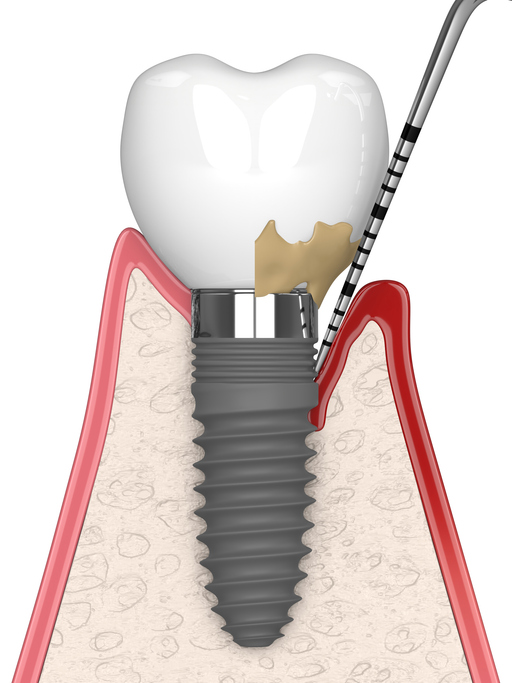
Submerged vs. nonsubmerged approach in peri-implantitis

A submerged surgical reconstructive approach may be effective at improving outcomes in patients with peri-implantitis.
In a study published in The International Journal of Oral & Maxillofacial Implants, investigators analyzed the outcomes of two studies focused on treating patients with peri-implantitis across 59 total implants: one using a submerged surgical reconstructive approach involving primary wound closure with implant suprastructure removal and complete coverage of grafted sites and a second using a nonsubmerged approach in which the healing abutments were kept in place and non-fully submerged implants were utilized.
Compared with those in the nonsubmerged approach group, the patients in the submerged approach group experienced greater clinical defect fill, radiographic defect fill and reduction of pocket depth. However, there were no statistically significant differences in bleeding on probing between both groups.
The investigators emphasized that the submerged surgical reconstructive approach may result in improved clinical outcomes.
Read more: The International Journal of Oral & Maxillofacial Implants
The article presented here is intended to inform you about the broader media perspective on dentistry, regardless of its alignment with the ADA's stance. It is important to note that publication of an article does not imply the ADA's endorsement, agreement, or promotion of its content.